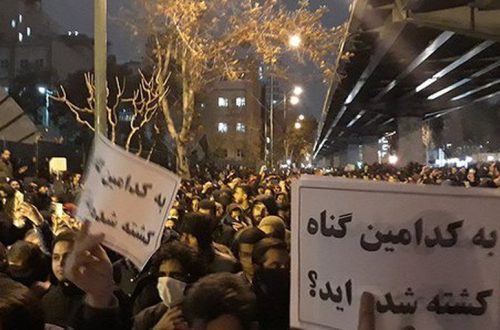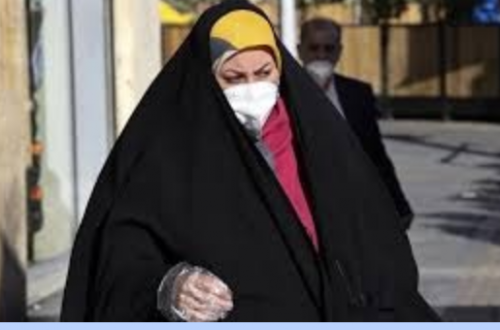This is a guest post by Daniel Brett
Last year was a turbulent and violent year for Iran’s persecuted and impoverished Ahwazi Arab and Mandean communities who populate the oil-rich southwestern province of Khuzestan. The latest Ahwaz Human Rights Report, published this week, detailedan increase in violent repression by the Iranian regime against these ethnic groups amid the wave of unrest that gripped the Middle East.
The notion that Ahwazi Arabs represent a fifth column in Iranian society is fundamental to their persecution under both the Pahlavi and Islamic regimes. However, socio-economic and political conditions are driving Ahwazi Arab opposition to the regime. The Ahwaz Human Rights Report gives the example of Khalafabad, a city of 62,000, around 70% of which are Arabs. Oil facilities in the city’s jurisdiction, including the Ramin oilfield, produce 70,000b/d of oil, worth at least US$2.6bn per annum to the Iranian government and as much as the oil output of Uzbekistan. Despite the considerable oil wealth, most of the population is living in poverty, unemployment is high, there is widespread malnutrition and access to healthcare is poor. Ahwazi Arabs, like many ethnic groups in other parts of the world, suffer from the resource curse with their persecution sustained by the natural wealth of their homeland.
Whilst Khuzestan’s oil forms the backbone of the Iranian economy, its people have been viewed, at best, as an inconvenience, or, at worst, a threat, by the Iranian government. In order to eradicate their threat to the Iranian establishment, Ahwazi Arabs are subjected to a mixture of Persianisation, forced migration, violent political repression and economic exclusion.
The Ahwazi Arabs have, for decades, campaigned for their national and cultural rights. Their struggle, however, has been part of the wider struggle of the Iranian people and all other ethnic and national minorities. But unfortunately their role has not been fully recognised. They actively participated in the 1979 revolution, hoping that the new regime would recognise and guarantee their legitimate rights and fulfil their aspirations. Yet, the new Islamic regime not only denied the Ahwazi Arabs and other ethnic groups their legitimate rights, but also started a campaign of killings, torture and violence against them.
The Ahwazi Arabs are determined to continue their peaceful and just struggle, alongside all Iranian peoples, until the realization of their national rights and the establishment of a democratic system in Iran based on freedom, justice and human rights.


